Yesterday was as beautiful a day as I would have hoped for. Sunny, not to hot, and with a breeze. Delightful.
Though the roof as I Ubered in.
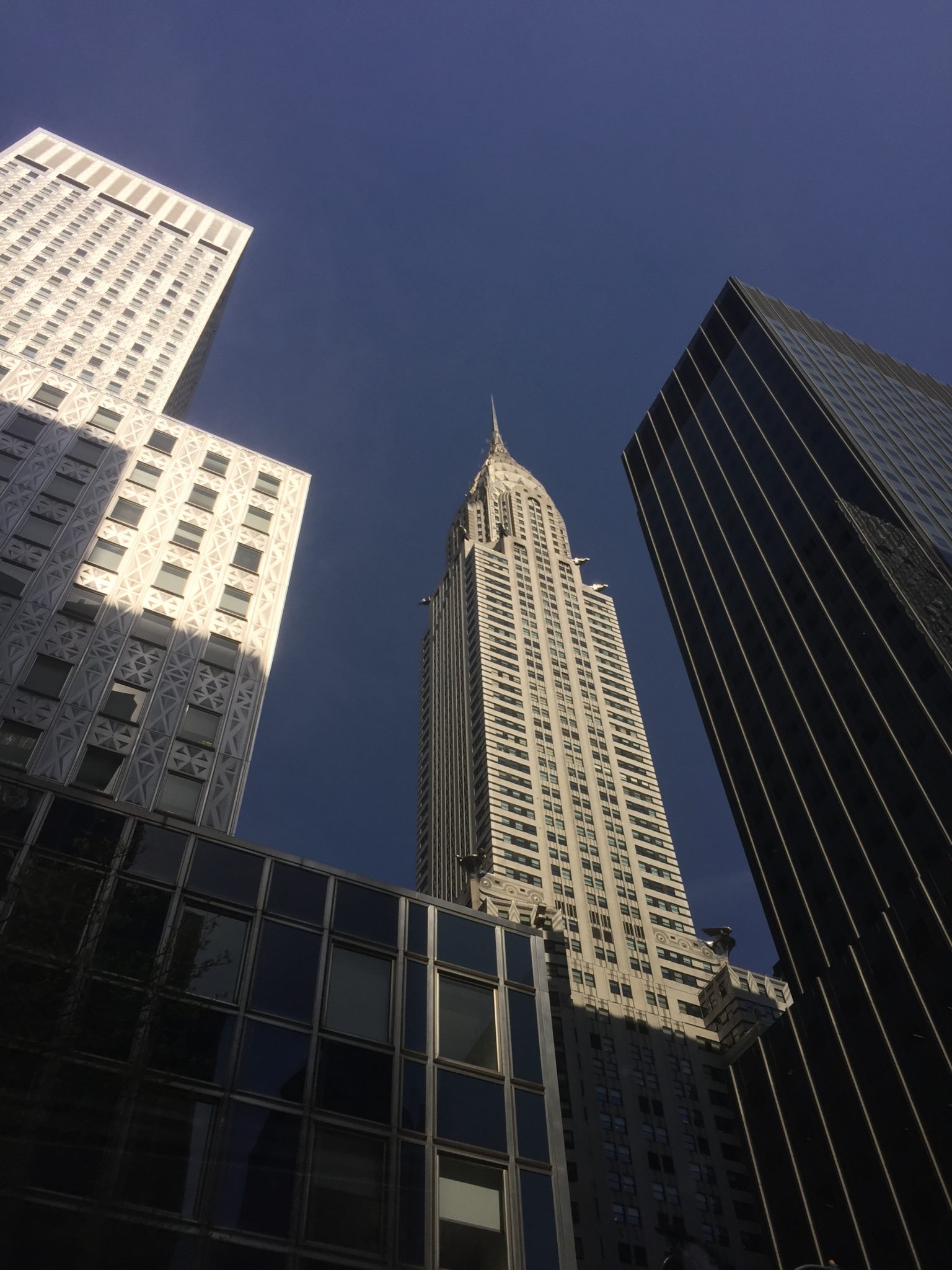
Having settled it, the first item on the list, on the way to the Met, was lunch, soup and sandwich. Barley mushroom…
Pastrami on rye.
Flowers and flowering trees are in blossom. A view on Park. The fragrance is wonderful.
The Met was lively with student, most of whom (happily) weren’t heading to the exhibit I wanted to see.
My favorite hot dog carts in the city. They are run to support two Marine vets. I always get a dog, either going in or coming out of the museum.
These guys got game.
The exhibit I wanted to see.
We know a lot about ancient Pergamon (now in Turkey). There were extensive digs there.
The exhibit was just a little underwhelming. A museum in Berlin is closed for renovation. They lent out a large portion of their stuff to the Met. The Met, in turn, fleshed the exhibit out with some other objects from their own collection and various museums. I think that, because Pergamon by itself isn’t so alluring, they decided to give an overview of the Hellenic world including Roman influence. Many of the pieces they front loaded were Roman copies of things from the Hellenic era after Alexander the Great.
Here, for example, is a late-Republican (not GOP) 50-35 BC, bust of Pyrrhus of Epeiros, copy of a work from c. 390 BC found in Herculaneum. This was the general who defeated a Roman army but with such huge losses to his own, that his victory was a paradoxically a defeat, thus giving us the phrase “Pyrrhic victory”… much as the what might turn out to be the case in the wake of a certain document I won’t name. Note the oak leaves on the helm, associating him with Zeus, and the cheek plates. His features are highly stylized.
The exhibit uses the following as one of their adverts. It is a fragment of a over life size bust of a youth, or perhaps Alexander, that was meant to be in a rondel. It is a very early example of this arrangement, that would have been some four feet wide, intended for a large space, such as a gymnasium. Even as a fragment, or even because it is, it is ethereally beautiful.
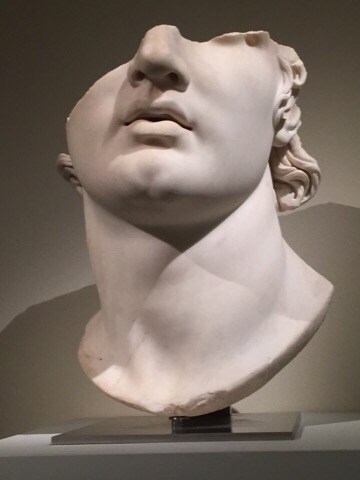
This, friends, is the earliest written record of a work of Homer, from Odyssey XX. It is papyrus, c. 285-250 found in Egypt.
Greeks like symposia, which were drinking and discussion parties. They would often wear wreaths of woven leaves and so forth. After Alexander took the wealth of conquered lands as spoils, there was a lot of gold to work. Here is a symposium wreath. It also has blue enamels, much faded.
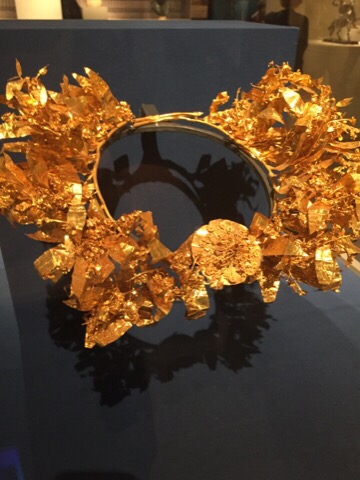
A close up so you can see the detail. These artisans were amazing.
For you clerics, here is a seminarian in a saturno.
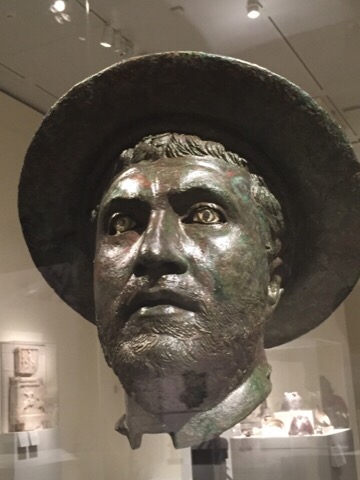
Actually, this 3rd c. bronze dude, found in the sea of the coast of Kalumnos in 1997, is wearing a kausia. His eyes, which are cut glass, are preserved, which you don’t see much of from the ancient world. He’s probably Macedonian, which is suggested by the hat, which is… ehem… Macedonian. Alexander’s successors are depicted on coins with such a hat in addition to a diadem. This head perhaps belonged to an equestrian statue.
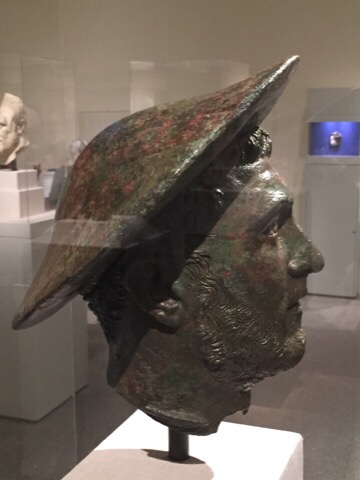
To the park!
Which of these does not belong?

At Holy Innocents (37th between Broadway and 7th) I took a gander at the bulletin. The mighty pastor, Fr. Villa, included Card. Brandmüller’s comments about… a certain document I will not name. Kudos to him.
At Holy Mass, which was a Solemn Mass, mind you, there were over 100 choristers from a fantastic choir from St. Pius X High School in Lincoln, NE. The sang a little during Mass itself, including some of the Gregorian chant that they knew. After Mass they stayed and sang a few pieces for everyone. They were amazing.

I was especially edified by the reverence with which they received Holy Communion. With no problem at all they all knelt and received on the tongue (as is proper in the older form of the Roman Rite). Some of them did not choose to receive and made it clear through a discreet sign. They were reserved and reverent.
I thought to myself, what must the many people who wander into and out of this church in the course of a hour or so think as they heard that sound, the choir singing, during the celebration of a Solemn Mass, with deacon and subdeacon, with the incense going and light playing?
So… the visit is off to a good start.
Meanwhile, I am now cut off from the Mother Ship (my network back at the Cupboard Under The Stairs). The Powers That Be have severed the power that was. The power that will be won’t be for several days. So, I am on my own, wandering… in exile. Dante, also an exile, uses various images for exile in his Divine Comedy. He mentions how the bread is salty, which means that he is not in his native Florence where bread is unsalted… an vile, in my opinion. I detest the bread in Florence. He also mentions that the steps are hard to climb. Once you have trod familiar steps a thousand times, you do so without thinking, even when they are uneven. Here, however, its just lots of stairs in an out of subway stations. Exile… I struggle along. Don’t worry about me. I’ll be okay.
Now, it’s off to meet a friend for lunch. The bread will have salt.




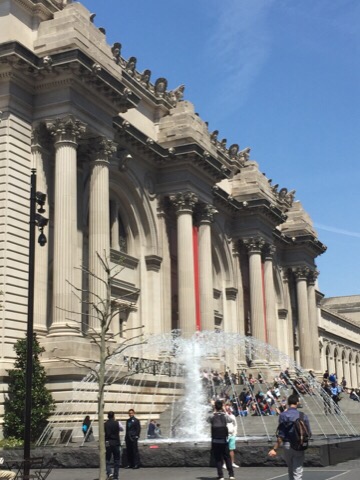


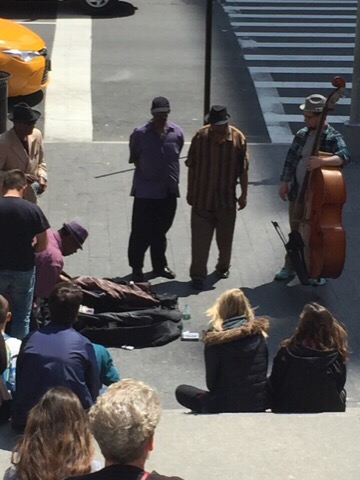
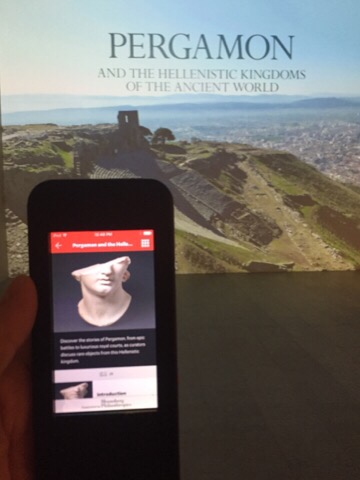


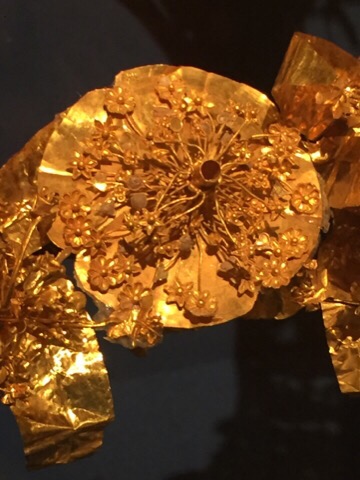


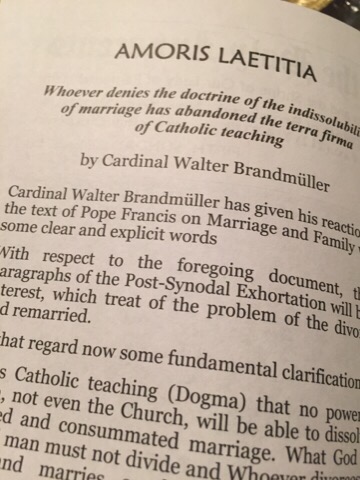

































So much delicious meat on a Friday. Was the pastrami cut Beef brisket or Beef plate?
I’d expect no less from Catholic students from the diocese of Lincoln. Daily Mass at the Catholic schools. Many of the school parishes have and use Communion rails. I had the pleasure of attending Sunday morning Mass at the new Newman Center, St. Thomas Aquinas, at the University of Nebraska last weekend. Stunning new church building. The church was packed with families and college students. The Communion rail was used. Reverent silence (and I mean *silence*) before Mass. After Mass, almost everyone knelt down to offer prayers of thanksgiving, again in silence. It was amazing.
All is not lost. You still have your Precious.
“I thought to myself, what must the many people who wander into and out of this church in the course of a hour or so think as they heard that sound, the choir singing, during the celebration of a Solemn Mass, with deacon and subdeacon, with the incense going and light playing?”
That reminded me of a memorable post by American Catholic on John Adams from (gasp) seven years ago:
“The music consisting of an organ, and a Choir of singers, went all the afternoon, excepting sermon Time, and the Assembly chanted– most sweetly and exquisitely.
Here is everything which can lay hold of the eye, ear, and imagination. Everything which can charm and bewitch the simple and the ignorant. I wonder how Luther ever broke the spell.”
http://the-american-catholic.com/2009/10/15/john-adams-and-the-church-of-rome/
Great photos Fr. Z. Thanks for the museum tour and the heartening news about the student choir and Holy Communion.
Glad you like that hot dog cart, it’s run by my cousin Danny! Glad that he’s still there. Since Guiliani until recently, the City has been harassing him because they don’t recognize the fact that according to NY law disabled vets are entitled to one pushcart spot without a need for a verrry expensive permit. Fun fact though: Danny named the cart after a guy in his platoon who was killed in action while they fighting in Vietnam.
http://nypost.com/2013/03/22/vets-can-sell-hot-dogs-outside-the-metropolitan-museum-of-art-judge-rules/